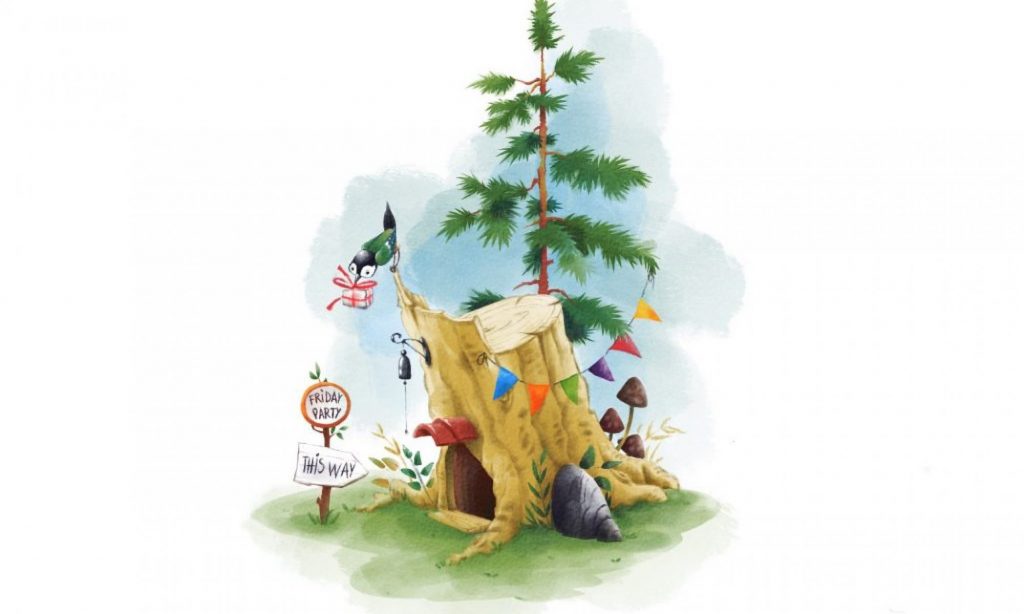
‘Bloomers’ is a short animated film that shows us the history of a Manchester-based family-run lingerie factory.
Initially made for the innovative Pan Europian feature film project ‘Happiness Machine’ that is a collaboration of ten women animators, ten different composers and Klangforum Wien. The project central theme touch on our current economic system and social aspects.
This lovely, lyrical, and a bit poetic documentary is directed by Samantha Moore.
Because the work primarily made not only for screening in cinemas but also for public concerts, sounds and music are a quite crucial role of the film. The dialogues of workers, noises of factory’s machinery are mixed with music by composer Malin Bång.
But the style of animation got my full attention during the screening. As I understand the film itself is made from observational drawings, sketches of the manufacture’s interiors, exteriors and people’s portraits. However, the story shows through the fabric texture that makes the sequence very flexible and moveable. And I became curious about it- is it a result of a digital composing or maybe drawings were made straight on fabrics?
After my research, I’ve found this making-off video, where Samantha unfold the creating process of the movie.
So the magic is pure- actual finished footage was printed on the fabric, and then the fabric was reshoot.
As a result, the whole film has that interesting tactile textured feeling.
